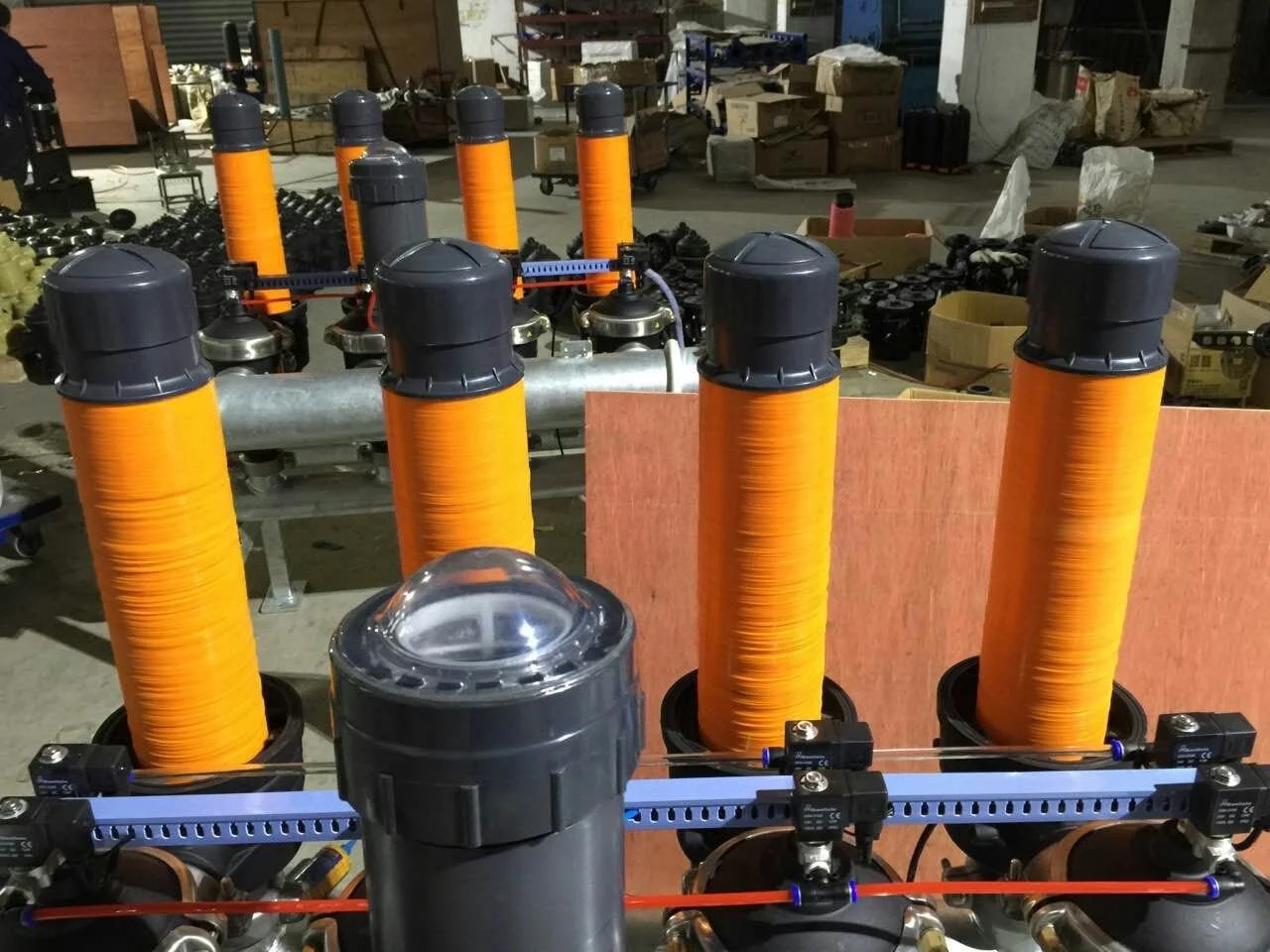Raw Water Treatment
Access to Potable Water
Clean and safe drinking water is a fundamental necessity for human life, and it all starts with raw water treatment. Raw water, often sourced from rivers, lakes, or groundwater, is naturally contaminated with various impurities that can pose health risks if not properly treated.
Raw water treatment is the initial step in the water purification process, aimed at removing these impurities and ensuring the water meets stringent quality standards.
The Treatment Process
The process of raw water treatment typically involves several key stages:
Screening: Raw water is passed through screens to remove large debris such as leaves, sticks, and aquatic organisms.
Coagulation and Flocculation: Chemical coagulants are added to the water to aggregate suspended particles.
Sedimentation: The water is then allowed to sit in large tanks, allowing the flocs to settle at the bottom, clarifying the water.
Filtration: After sedimentation, the water passes through filters, often made of sand, gravel, or specialized media, which further removes fine particles and microorganisms.
Disinfection: To kill or inactivate any remaining harmful microorganisms, disinfectants like chlorine or ozone are added.
pH Adjustment: The pH of the water may be adjusted to ensure it falls within the desired range.



